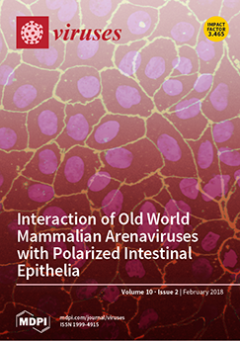Open AccessArticle
Blood Mitochondrial DNA Content in HIV-Exposed Uninfected Children with Autism Spectrum Disorder
by
Matthew A. Budd, Kristina Calli, Lindy Samson, Jennifer Bowes, Anthony Y. Y. Hsieh, John C. Forbes, Ari Bitnun, Joel Singer, Fatima Kakkar, Ariane Alimenti, Evelyn J. Maan, M. E. Suzanne Lewis, Carole Gentile, Hélène C.F. Côté and Jason C. Brophy
Cited by 18 | Viewed by 6036
Abstract
Long-term outcomes of perinatal exposure to maternal antiretroviral therapy in HIV-exposed uninfected (HEU) children are unknown. However, both HIV antiretroviral therapy and autism spectrum disorder (ASD) have been associated with mitochondrial alterations. Leukocyte mitochondrial DNA (mtDNA) content can serve as a marker for
[...] Read more.
Long-term outcomes of perinatal exposure to maternal antiretroviral therapy in HIV-exposed uninfected (HEU) children are unknown. However, both HIV antiretroviral therapy and autism spectrum disorder (ASD) have been associated with mitochondrial alterations. Leukocyte mitochondrial DNA (mtDNA) content can serve as a marker for mitochondrial dysfunction. In this cross-sectional, nested case-control study, HEU children with ASD were matched approximately 1:3 on age, sex, and ethnicity to HEU children without ASD, HIV-unexposed uninfected (HUU) controls, and HUU children with ASD. Leukocyte mtDNA content was measured using quantitative PCR. Among 299 HEU in this study, 14 (4.7%) were diagnosed with ASD, which is higher than the general population prevalence estimates. HEU children without ASD and HUU children with ASD had higher mtDNA content than HUU controls. HEU children with ASD had significantly higher mtDNA content than all other study groups. Our results suggest a clear association between elevated leukocyte mtDNA content and both HEU and ASD status. This may implicate mitochondrial dysfunction as a contributor to the high ASD prevalence observed in our cohort.
Full article
►▼
Show Figures






